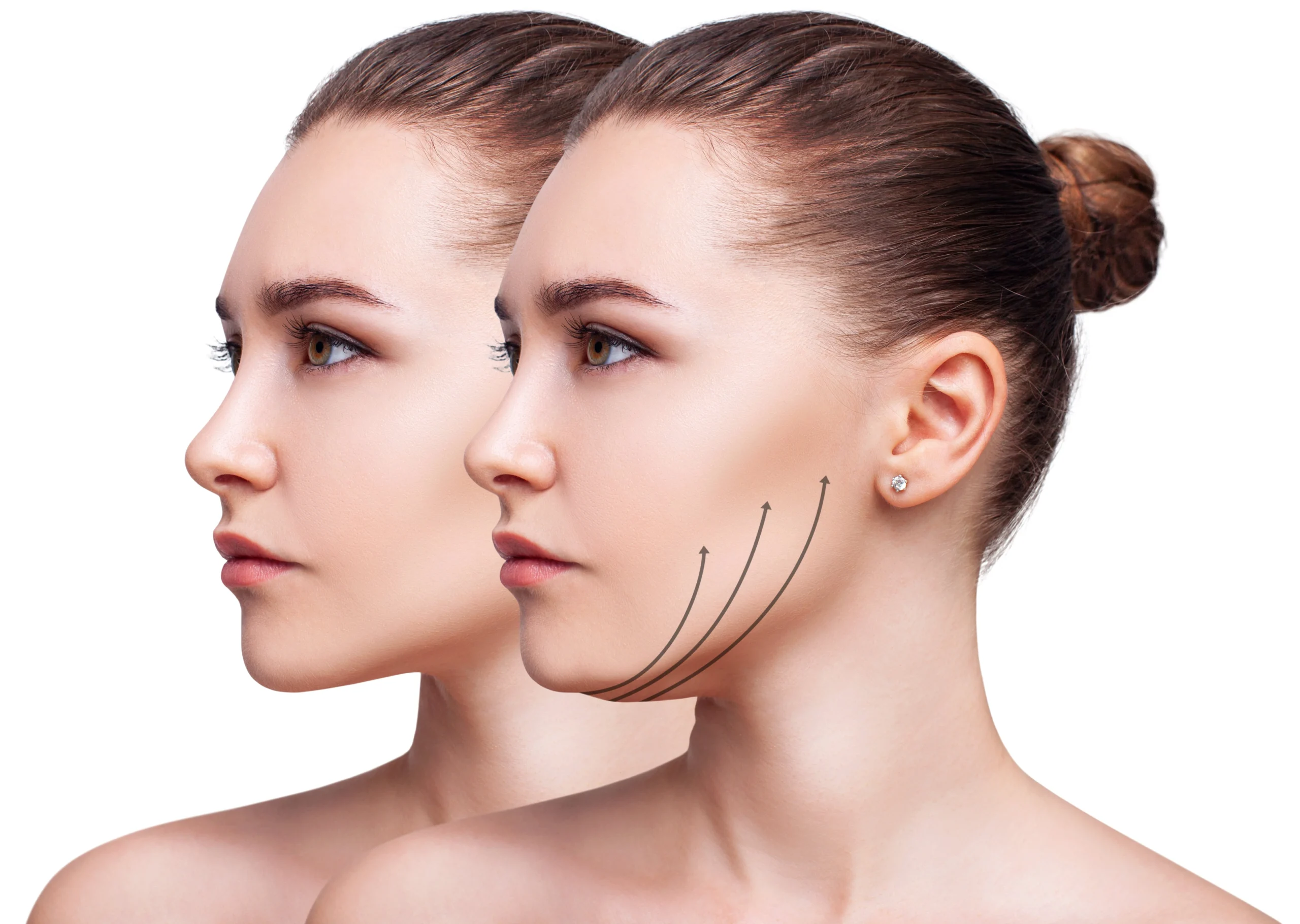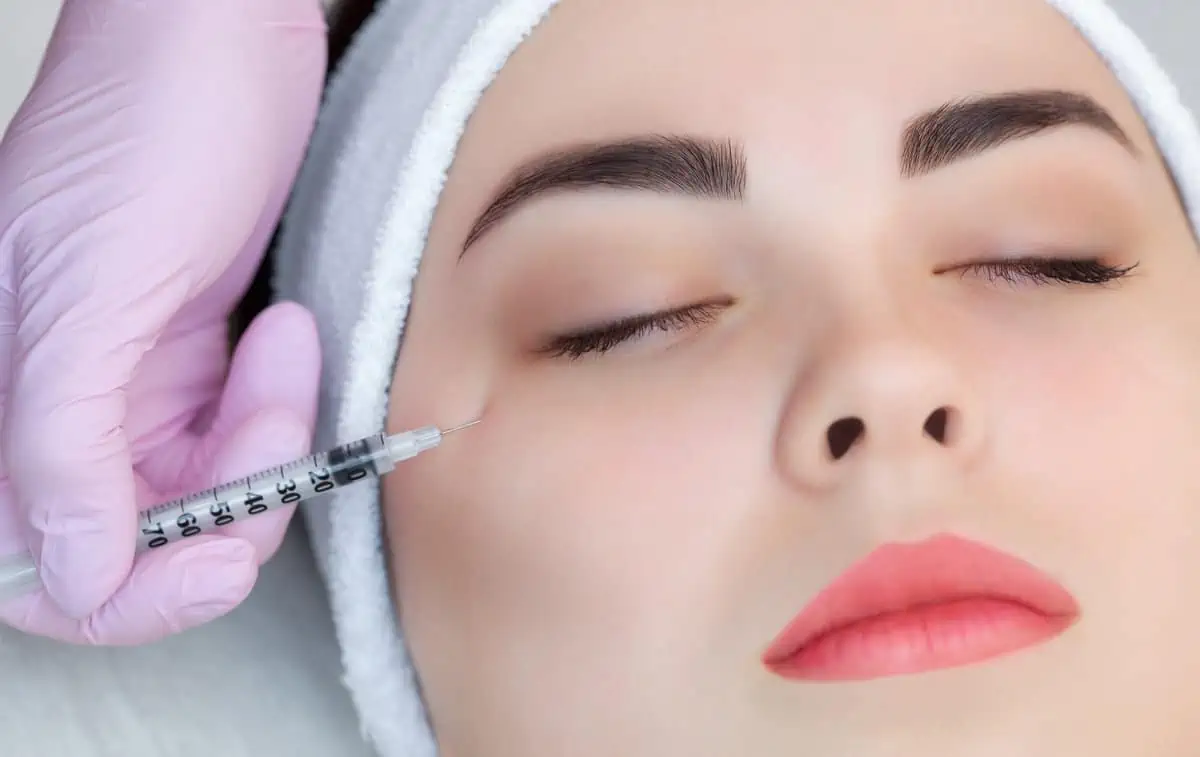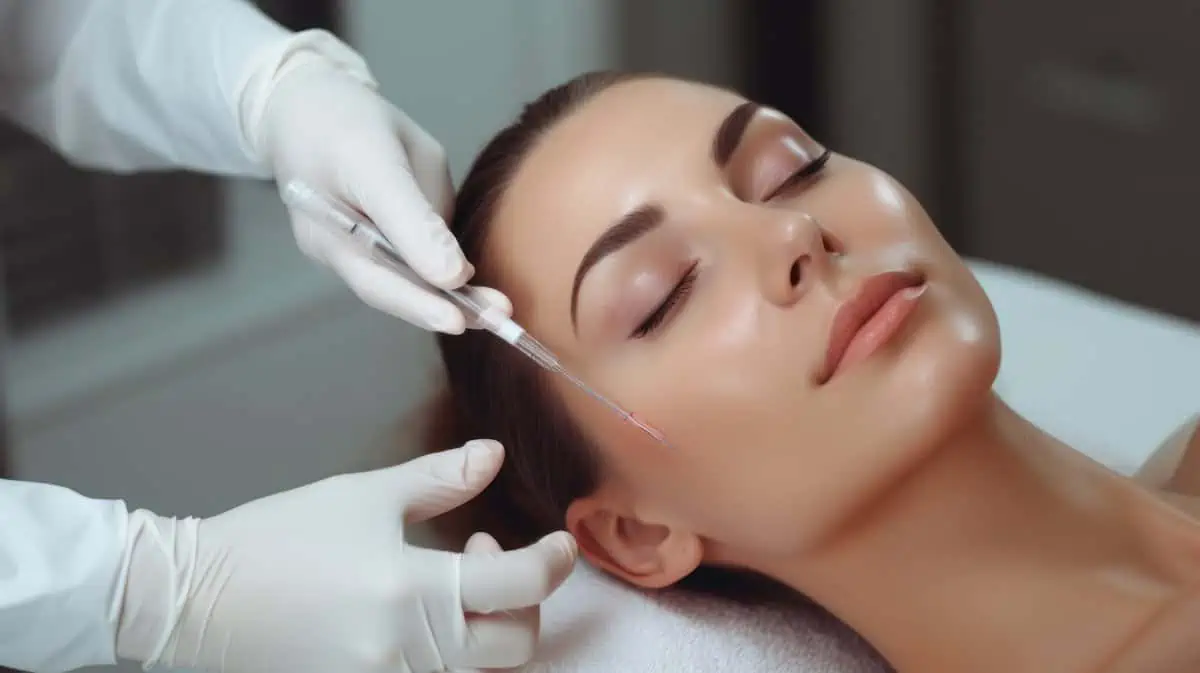Cosmetic treatments have become increasingly popular in recent years, with many looking to enhance their appearance and boost their confidence. Two of the most well-known treatments are dermal fillers and Botox, often used to reduce the signs of aging and achieve a more youthful look. However, despite their widespread use, many people still need clarification about the differences between these two treatments.
In this article, we’ll look closer at dermal fillers and Botox, exploring how they work, what they’re used for, and how they compare. By the end, you’ll better understand these two treatments, helping you make an informed decision about which one is right for you.
What Are Dermal Fillers, And How Do They Work?
Dermal fillers are injectable substances that are used to add volume to the face and reduce the appearance of wrinkles and fine lines. They work by filling in the gaps beneath the skin, which can become hollow over time due to the loss of collagen and elastin.
Dermal fillers can be made from various substances, but the most common type is hyaluronic acid. Hyaluronic acid is a naturally occurring substance in the body that helps to hydrate and plump the skin. When injected into the face, it can help to restore volume and improve the appearance of wrinkles and fine lines. Other dermal fillers include calcium hydroxylapatite and poly-L-lactic acid, which work in slightly different ways but achieve similar results.
Dermal fillers can be used to treat a range of areas on the face, including the cheeks, lips, and under-eye area. They often add volume to the cheeks and lips, which can become flattened and thin. Dermal fillers can also be used to reduce the appearance of nasolabial folds (lines that run from the nose to the corners of the mouth) and marionette lines (lines that run from the corners of the mouth to the chin).
What Is Botox, And How Does It Work?
Botox is another popular cosmetic treatment that has recently become a household name. But what is Botox, and how does it work? Botox is a brand name for a type of neurotoxin called botulinum toxin type A. It is used to temporarily paralyze the muscles in the face, which can reduce the appearance of wrinkles and fine lines.
Botox works by intercepting the signals sent from the nerves to the muscles. When the muscles can’t contract, they relax, which can smooth out wrinkles and fine lines. Botox is typically utilized to treat wrinkles on the forehead, around the eyes, and between the eyebrows, although it can also be used to treat other areas on the face and neck.
Botox And Dermal Filler Procedure
While both Botox and dermal fillers are administered through injections, their procedures couldn’t be more different.
The procedure for Botox involves injecting the botulinum toxin into specific facial muscles, which causes the muscles to relax and softens the appearance of wrinkles and fine lines. The injection sites are carefully chosen to avoid adverse effects, such as eyelid drooping or an unnatural-looking appearance. The entire procedure takes just a few minutes to complete, and no downtime is required afterward.
In contrast, the dermal filler procedure involves injecting a gel-like substance into the targeted areas of the face, which can be used to fill in wrinkles and fine lines and restore volume to areas that have lost fullness due to aging. The injection sites are carefully chosen to achieve a natural-looking result, and the procedure typically takes just a few minutes to complete.
Other Differences Between Botox And Dermal Fillers
While the procedures for Botox and dermal fillers differ, there are other notable differences between the two treatments.
Application
For one, Botox is typically used to treat dynamic wrinkles caused by repeated muscle movements. In contrast, dermal fillers are used to treat static wrinkles caused by a loss of volume or elasticity in the skin.
Longevity
Another difference between the two treatments is their longevity. Botox typically lasts around three to six months, after which muscle activity gradually returns, and wrinkles may reappear. On the other hand, dermal fillers can last anywhere from six months to two years, depending on the type of filler used and the area of the face that was treated.
Costs
The cost of the two treatments also differs. Botox is generally less expensive than dermal fillers, with the cost per unit of Botox ranging from $10 to $20, while dermal fillers can range from $500 to $1,500 per syringe. However, the number of units of Botox needed can vary depending on the size of the treatment area, so the overall cost may be similar to that of dermal fillers.
Versatility
One other difference between the two treatments is their versatility. Botox is primarily used to treat wrinkles and fine lines on the upper portion of the face, such as the forehead, frown lines, and crow’s feet.
Dermal fillers, on the other hand, can be used to treat wrinkles and fine lines on the lower portion of the face, such as the nasolabial folds (the lines that run from the nose to the corners of the mouth), marionette lines (the lines that run from the corners of the mouth to the chin), and to restore volume to the cheeks and lips.
Which To Choose?
When deciding between Botox and dermal fillers, there is no one-size-fits-all answer. The choice ultimately depends on the individual’s goals, skin type, and budget. Botox is a good option for those looking to reduce the appearance of dynamic wrinkles, while dermal fillers are better suited for those with static wrinkles or a loss of volume in the face.
It’s best to consult a qualified practitioner who can assess your needs and recommend a personalized treatment plan.
Takeaway
If you’re interested in exploring the benefits of Botox or dermal fillers, Skinlogicx is here to help. Our experienced practitioners can assess your needs and recommend a personalized treatment plan to help you achieve the youthful, radiant look you desire. Contact us today to organize a consultation and take the first step towards rejuvenated skin. Don’t wait; let Skinlogicx help you look and feel your best!




